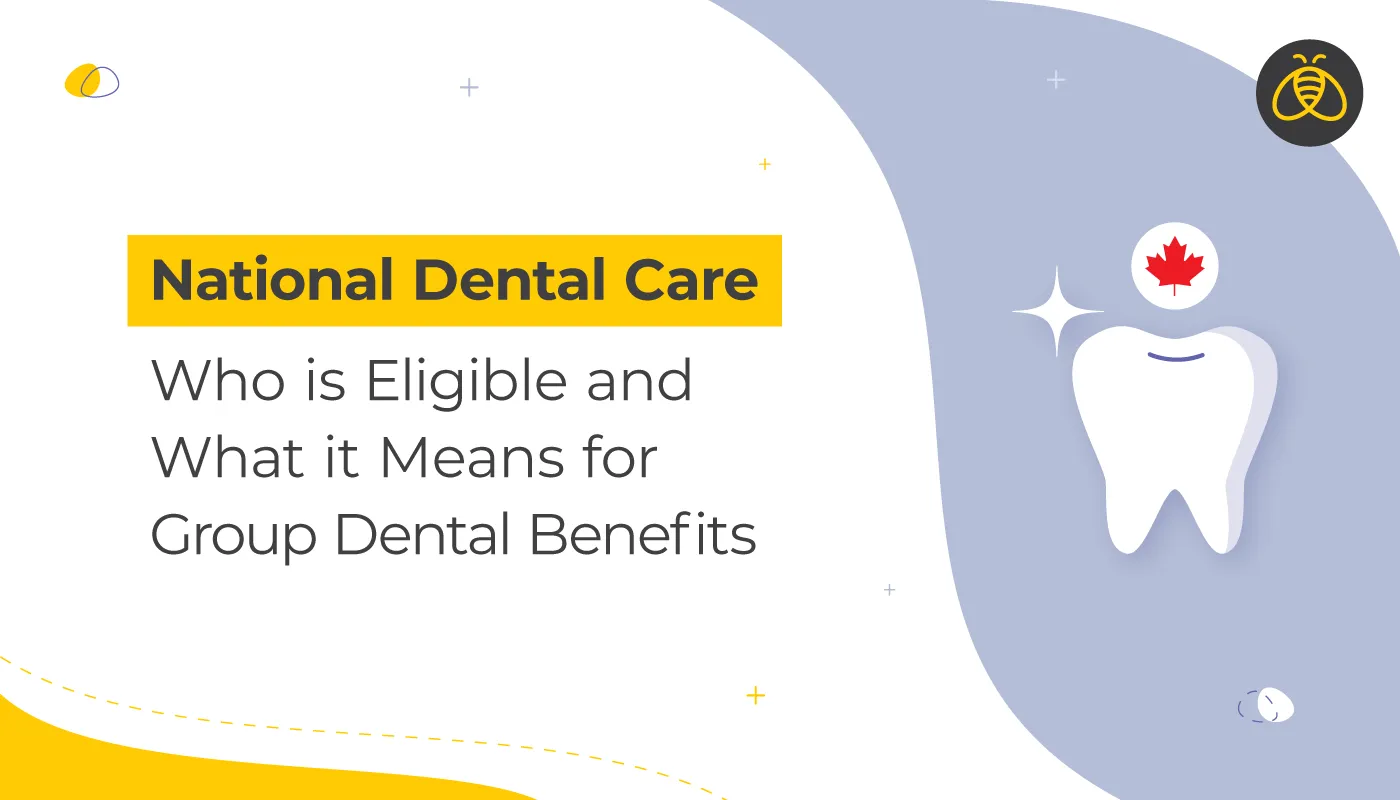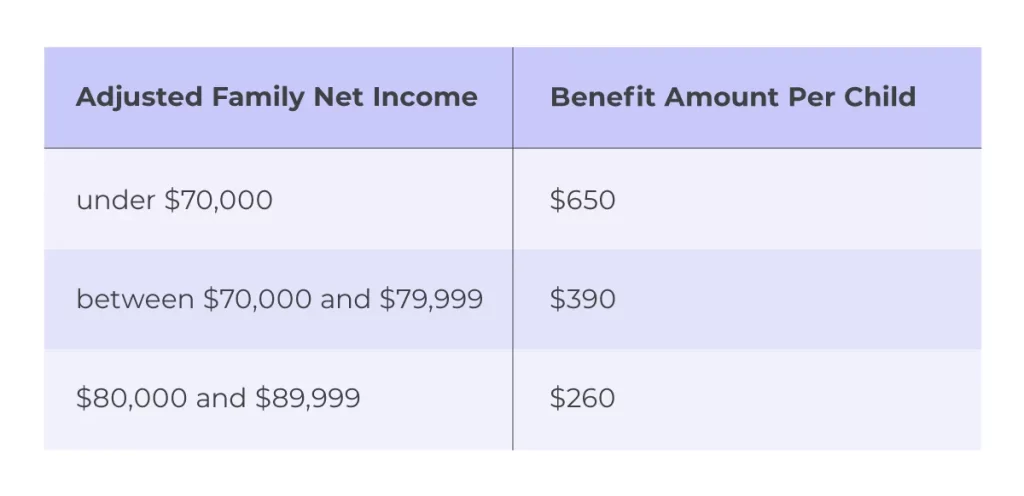National Dental Care – Who is Eligible and What it Means for Group Dental Benefits
By: Benefits by Design | Tuesday October 11, 2022

As the planned National Dental Care program has been unveiled, there has been a lot of discussions surrounding the effects it might have on group dental benefits. Will employers update their plans? Should they? Will there be a decrease in dental premiums or expenses paid by plan sponsors? Let’s take a look at how the plan will work, so we can answer these questions.
What is National Dental Care?
National Dental Care is a federal dental program which will help lower-income families with the cost of dental services for their children, where they don’t have access to current coverage through their employer sponsored dental plan.. Although the name suggests it is similar to Medicare, it will actually be run quite differently. Medicare is run by each province, with funds coming from both provincial and federal governments. The Dental Care program will be run by the Canada Revenue Agency.
The program is expected to begin in December 2022 and will be retroactive for dental services performed on or after October 1, 2022. Eligible parents can apply through their CRA accounts by answering a few simple questions.
Who is Eligible?
The National Dental Care program will be launched in a phased approach. Coverage will be provided for children under the age of 12, whose families have a combined net income of less than $90,000. In order to be eligible, the child cannot already have coverage for Dental under another plan.
The system will use a tiered approach. This means that families with less income will receive higher benefit amounts to cover dental expenses.

By 2023, coverage will also include children under 18 years of age, seniors, and people living with a disability (as defined on their tax returns). And by 2025, it is expected to cover all family members of households with net incomes of less than $90,000. Again, with a tiered approach to the benefit amounts.
What Does It Cover
The National Dental Care program will cover all dental expenses, including Basic Services, Major Restorative, and Orthodontics, as well as sedation and general anesthesia. Unlike private plans that have maximums and frequency limits, eligible families can apply for the funds and then use them at their convenience. There is no need to submit dental receipts or provide a dental plan card to the dental service provider. Canadians will be asked to keep their receipts and information in case of an audit.
How Will National Dental Care Affect Group Dental Benefits?
Direct Affects: There should not be a direct impact on employee benefit plans because eligibility for National Dental is contingent on having NO dental coverage. This means that no dependents will be removed from any current plans or have any extra coverage from National Dental Care.
Therefore, there will not be a change in the number of covered lives for plan sponsors, and subsequently there should not be a change in dental claiming trends. Long story short – employers should not expect to see any immediate savings.
Health and Dental Coverage Specifics Everyone Should Know (bbd.ca)
Indirect Affects: Have you been thinking more about your oral health lately? That is likely because all of this talk about a National Dental Care program has given it a spotlight!
Add that to other factors, which include:
- Longer appointment times for doctors to change their Personal Protective Equipment (PPE) and for proper sanitation.
- Dentists are still behind from the pandemic closures.
- Since people have been waiting longer for dental work, their oral health may have suffered, and they likely need more than just a cleaning.
All of this means that the number and cost of dental claims will stay roughly the same as they have been of late, which is slightly higher than pre-pandemic levels.
Should You Consider Removing Group Dental Benefits?
Due to all the reasons discussed above, we believe the answer is no.
Let’s recap. The National Dental Care program is income restricted with tiers. It is also contingent on having no alternate coverage. Therefore, current covered employees’ dependents are not eligible. It is also age restricted, so employees themselves are not covered.
Let’s examine the numbers. Most dental plans have coverage for the plan member as well as their dependents. Average annual maximums range from $1,000 to $2,000 per covered person. That is far more than what the government is offering, which may only cover the cost of one cleaning.
Lastly, Canadian Employees value their employee sponsored dental benefits. In this tight labour market, now is not the time to be removing benefits.
Tight Labour Markets in Canada & How Employers Can Stay Competitive (bbd.ca)
We are certainly interested to see how this will affect the overall oral health of all Canadians. If children who previously would not have been able to access dental care get the services they need, it could mean they will require less extensive dental care as they grow up (barring orthodontics). While this may not come into play for many years, we believe a National Dental Care program is a good investment in the oral health of Canadians.


